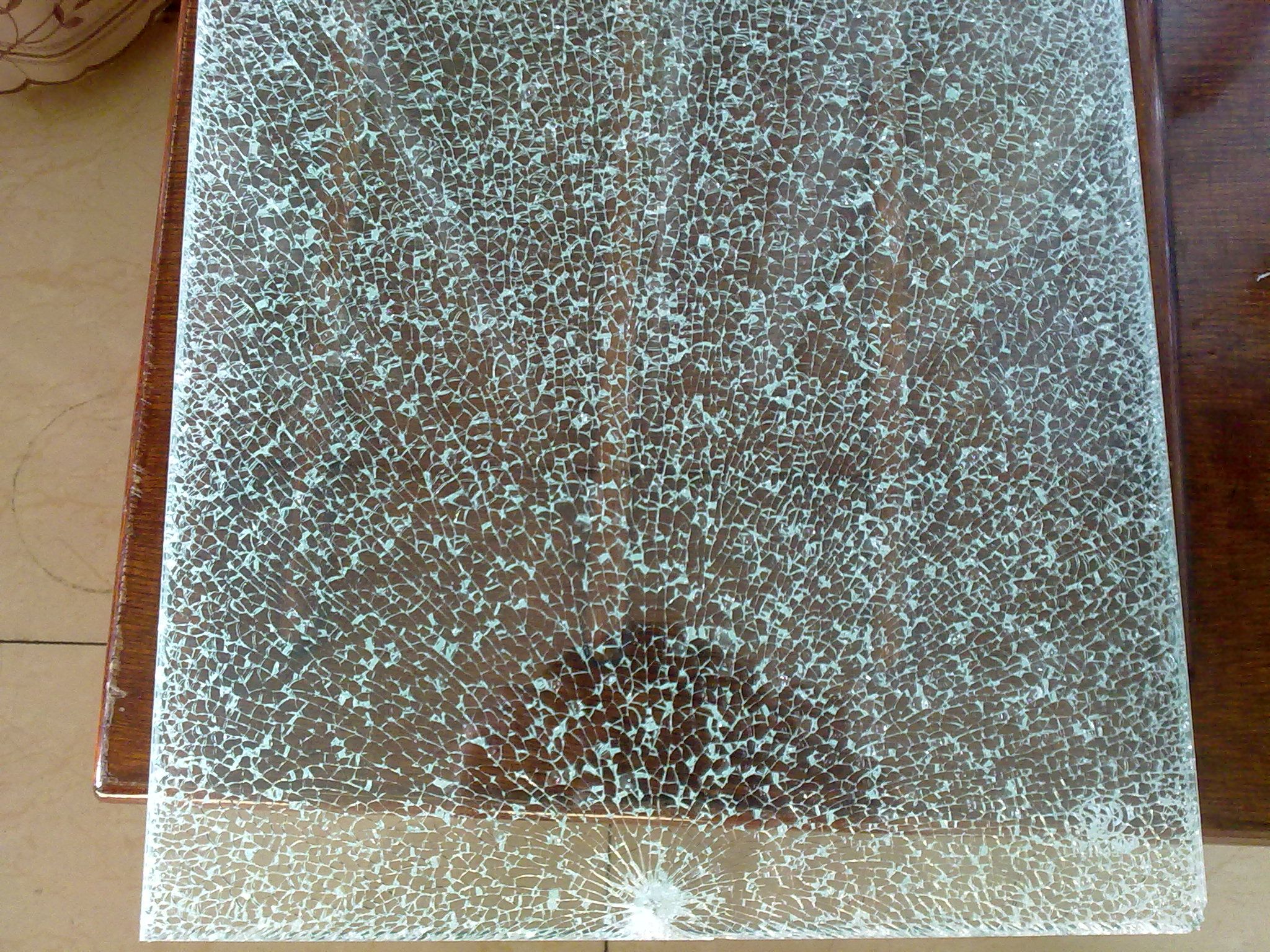Qingdao Globalstar Glass Co., Ltd.
Office address: No.6 Shandong Road, Qingdao,China
Factory address : No.656 Yuhai Road,Chengyang District,Qingdao,China.
View More >What Is The Difference Between Semi-tempered Glass And Tempered Glass?
December 15, 2020Heat Strengthening Process:
HS glass – which heats the glass to a uniform temperature of approximately 650º C to 700 º C in an electrically heated horizontal furnace. Ceramic rolls convey the glass through these furnaces at speeds regulated to ensure temperature uniformity and minimal optical distortions. The heat strengthened process parallels the traditional process of glass tempering, except that the cooling cycle is less rapid. However, the heating temperature remains the same for both processes. The residual stress on the edge and the glass surface differ in both cases with tempered glass having a higher level of stress. Due to the relatively low rate of cooling during the strengthening process, heat strengthened glass develops less stress as compared to fully tempered glass. The process increases the mechanical and thermal strength of heat strengthened glass, making it twice as tough as annealed glass.
Characteristics of Heat Strengthened Glass:
Heat-strengthened glass provides the necessary resistance to thermal stress associated with high performance glazing materials such as tinted glass, reflective glass and Low-E glass. It also provides the necessary resistance to heat build up when using spandrels glass.
When producing Heat strengthened laminated glass as compared to Tempered Laminated glass, Heat-strengthened glass allows the internal layer of laminated glass to adhere more evenly because of a flatter finish surface.
Heat-strengthened glass with its flatter surface also results in the facade having less optical distortions.
With the exception of strength and breakage characteristic, heat-strengthened glass retains the normal properties of annealed glass including chemical resistance, hardness, expansion and deflection.
This glass is difficult to break compared to ordinary annealed glass, but unlike toughened safety glass it breaks typically edge to edge and fragments.
Properties of HS Glass:
Properties Heat-Strengthened Glass
Thermal Shock Resistance Up to 130°C
Mechanical Strength Two times stronger than annealed glass
Fragmentation Knife Edges
Tensile Strength 40-55 MPa
Bending Strength 40 N/mm2
Design Stress for Architectural Purpose 17 MPa

Tempered Glass is actually a type of prestressed glass. In order to increase the strength of the glass, chemical or physical methods are usually used to form compressive stress on the surface of the glass. When the glass is subjected to external force, the surface stress is first offset, thereby improving the bearing capacity and improving the glass resistance. Pull strength.
The main advantages of tempered glass are two.
 |  |
| Tempered glass | Semi-tempered glass |
The first is that the strength is several times higher than that of ordinary glass, the bending strength is 3 to 5 times that of ordinary glass, and the impact strength is 5 to 10 times that of ordinary glass, which improves the strength. Security.
Safety of use is the second major advantage of physical tempered glass. Its increased load carrying capacity improves the fragile nature. Even if the tempered glass breaks down, it will show small fragments without sharp corners, and the damage to the human body is greatly reduced. The quenching and heat resistance of tempered glass is 2 to 3 times higher than that of ordinary glass. Generally, it can withstand temperature changes of more than 150C, which has obvious effects on preventing thermal cracking.
Semi-tempered glass is also called Heat Strengthened Glass. It is a kind of between ordinary flat glass and tempered glass. It has the characteristics of high strength of tempered glass. At the same time, it avoids the flatness of tempered glass and is easy to self-explosion. Disadvantages such as overall crushing.
When the semi-tempered glass breaks, it is radially radial cracked along the crack source, and generally there is no tangential crack propagation, so the whole can not remain collapsed after the damage.
Semi-tempered glass is suitable for curtain wall and exterior window in buildings. It can be made into semi-tempered coated glass with image distortion better than tempered glass.
However, it should be noted that semi-tempered glass is not included in the safety glass range. As it is broken, there are still sharp fragments that may injure people and cannot be used in skylights and occasions where human impact may occur.
The surface compressive stress of semi-tempered glass is between 24MPa and 69Mpa, and the surface pressure of tempered glass should be greater than 69MPa. The production process of semi-tempered glass is the same as that of tempered glass. The wind pressure is only different in the quenching station, and the resistance to quenching and heat is less than that of tempered glass.